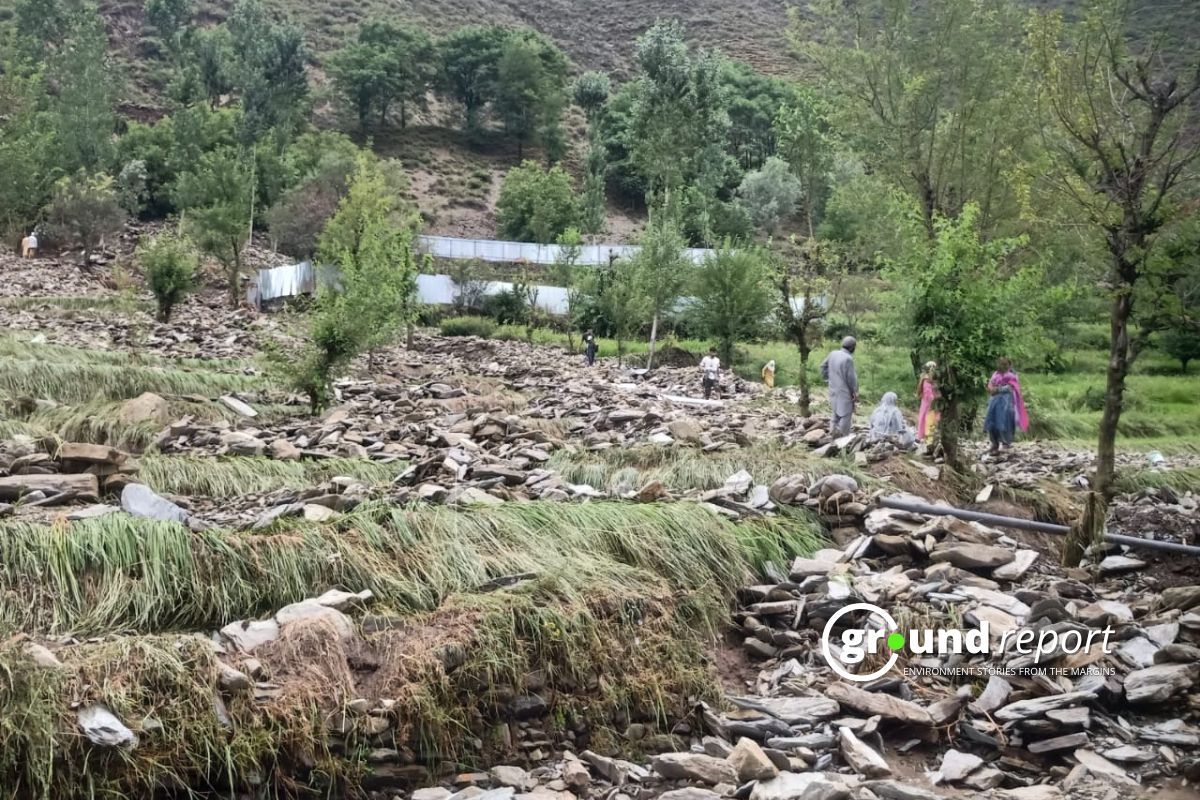People from four villages situated along the Chenab river in Kishtwar district have started living new life since Monday. 73 years after independence, new light has come to their homes.
When the power switch was pressed on Monday, not only did the bulbs light up, but the faces of the future also blossomed with dreams of a golden future. These villages have been connected to the grid due to the relentless efforts of the Electricity Department.
ALSO READ: Gujarat: 1100 Workers Lost Their Lives Due To Accidents In Two Years
The Chenab river is a major source of electricity for illuminating various parts of the country including Jammu and Kashmir. Dulhasti hydroelectric project is in Kishtwar district itself.
Apart from this, work on 850 MW Ratale project will also start in the next few days. There is also the Bagaliar, Savalkot and Salal projects on the Chenab river. Despite this, the villages in the district were bereft of electricity.
Power department officials said that the geographical conditions of Pethgam, Bungam, Chenab Dindu and Vatsar village of Chhatru tehsil of Kishtwar district are extremely difficult.
These four villages are covered with snow for five to six months in a year. Kishtwar district deputy commissioner Ashok Sharma on Monday lit a hundred percent of these villages by pressing the switch of electricity in the presence of the local people.
ALSO READ: 67th National Film Awards: Kangana National Award For Best Actress
One of the villager Akhtar said that not only our houses will be illuminated by the power of the grid, but our future will also be illuminated.
He said Until now, our children could study only in broad daylight, but now they will be able to study in the privacy of night. Due to inconveniences, many children of the village have gone to study in Kishtwar, Doda and Jammu. Now here too, there will be progress and prosperity. There was also a lot of noise from the generator, there was a lot of smoke, now it will also get rid of it.
ALSO READ: Param Bir Singh Moves SC For CBI Probe Against Deshmukh
- As per government records, there were about 1,500 electrified villages in India in 1947. This number reached 4,81,124 by 1991 but due to the de-electrification of some of the villages, this number came down to 4,74,982 by 2004, according to the Central Electricity Authority of India (CEA).
- Before the Modi government launched the Deendayal Upadhyaya Gram Jyoti Yojana (DDUGJY) in 2014, rural electrification programs were conducted under the UPA’s Rajiv Gandhi Grameen Vidyutikaran Yojana (RGGVY) launched in 2005.
- Between 2005-14, the UPA-I, and UPA-II governments connected over 1,082,280 villages to the grid, and access was provided to over 20 million households, out of which 19 million BPL families were given free connections.
You can connect with Ground Report on Facebook, Twitter and Whatsapp, and mail us at GReport2018@gmail.com to send us your suggestions and writeups







